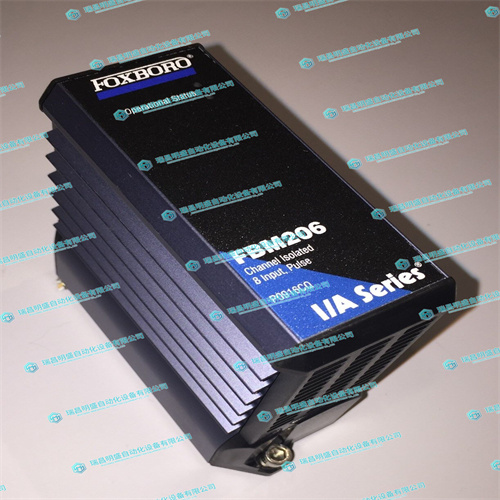FOXBORO FBM206 P0916CQ控制器模塊
如前所述,典型的系統(tǒng)包括VMIVME-7750,其駐留的閃存磁盤配置為次要IDE設(shè)備、連接到主要IDE接口的硬盤驅(qū)動(dòng)器和連接到軟盤接口的軟盤驅(qū)動(dòng)器。使用此配置,可能需要在任一IDE設(shè)備上具有邏輯設(shè)備,配置為可引導(dǎo)設(shè)備,允許通過高級(jí)CMOS設(shè)置屏幕選擇第一個(gè)引導(dǎo)設(shè)備。使用此功能,用戶可以使系統(tǒng)配置有多個(gè)操作系統(tǒng),通過將IDE邏輯設(shè)備指定為引導(dǎo)設(shè)備,可以選擇這些操作系統(tǒng)。DOS實(shí)用程序FDISK通常用于配置硬盤驅(qū)動(dòng)器上的分區(qū)結(jié)構(gòu)。下一頁(yè)的注釋與使用FDISK進(jìn)行分區(qū)有關(guān)。注意:刪除分區(qū)將擦除以前存儲(chǔ)在該分區(qū)中的所有數(shù)據(jù)。
As discussed earlier, a typical system consists of the VMIVME-7750 with its resident
Flash Disk configured as the Secondary IDE device, a hard drive attached to the
Primary IDE interface, and a floppy drive attached to the floppy interface.
Using this configuration, it may be desirable to have a logical device on either IDE
device, configured as a bootable device, allowing the selection of the first boot device
by way of the Advanced CMOS Setup screen. Using this capability, a user could have
a system configured with multiple operating systems that would be selectable by
assigning the IDE logical device as the boot device.
The DOS utility FDISK is commonly used to configure the partition structure on a
hard drive. Comments on the following page pertain to partitioning efforts using
FDISK.
CAUTION: Deleting a partition will erase all the data previously stored in that
partition.













